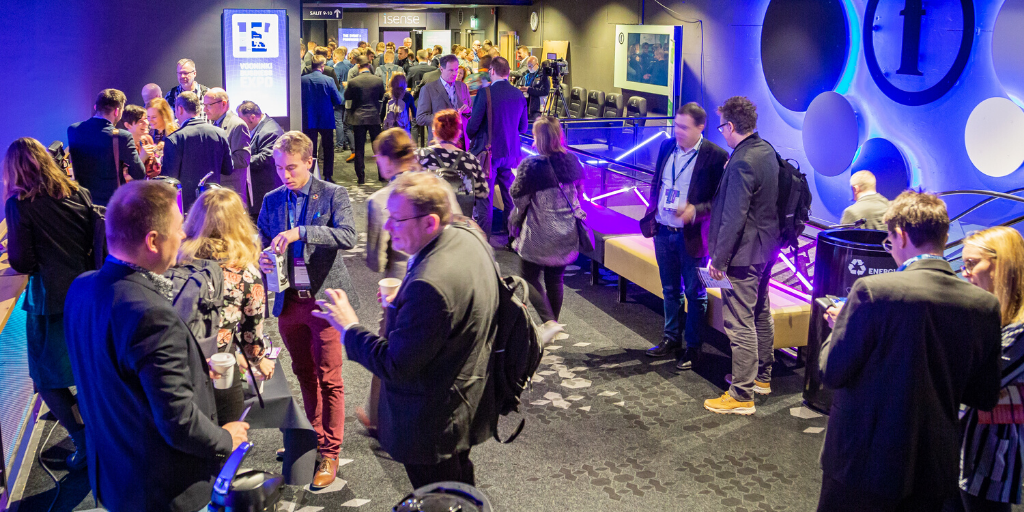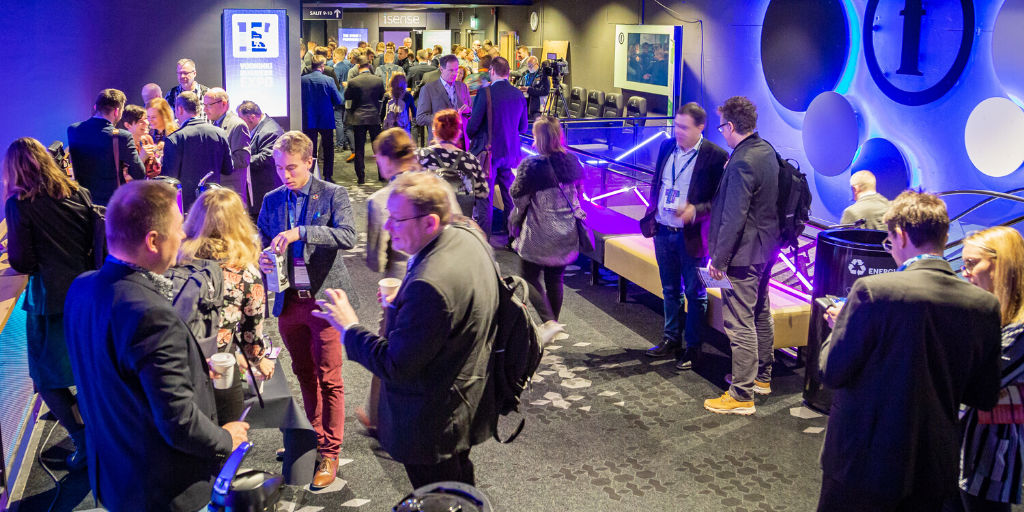Smart city is not a simple thing to create – that’s why it is done together
10.2.2020
”There will be driverless buses in the Hervanta suburb of Tampere, maybe as soon as in 2021.” This piece of news by Yle during the Tampere Smart City Week shows how smart future is not that far away. To make it really happen, collaboration is needed: between public and private sectors; across borders in industry, research and technology.

The Smart City Mindtrek Conference 2020 programme consisted of several tracks, offering different perspectives to city smartness. Criss-crossing some of the themes may give an idea of what it takes, for example, to make those autonomous buses service our neighbourhoods some day. Their purpose: to be a part of the smart city mobility system that makes life smoother for everyone. Other means of transport will be available for various needs – and in a smart city all mobility options are connected and efficient.
Autonomous feeder traffic coming up
Smart mobility won’t happen unless someone puts the various pieces together, makes experiments, learns from them and keeps developing the system. For the autonomous buses in Hervanta, the SHOW-project activities in Tampere will do just that.
Driverless vehicles have already been tested in Hervanta, but the said project is developing autonomous feeder traffic for Tampere Tram, using electric shuttle buses. First it may be a fixed-line service, but later there could be automated on-demand minibuses to make mobility really easy in the whole area – and sustainable as well. Automation in urban transport chains helps smart cities get rid of the problems caused by private motoring.
The City of Tampere is an enabler and facilitator in the project. Also deeply committed to it, as the plan to test and deploy autonomous feeder traffic in connection with the new tram system is written in the city development plans and the Mayor’s programme. Urban development projects need solid backing from cities.
Smart mobility requires 5G connectivity
Smart city solutions are often about data and further to that, about transferring enormous amounts of data in near real-time. For smart mobility, that speed is of the essence. Autonomous vehicles communicate: with data centres and transport system, other cars, potential users, in order to to provide their services right on time.
This means 5G will become an integral enabler of smart city connectivity. It provides significantly faster and more reliable connections than its predecessors. Thus it is going to enable numerous smart city solutions – mobility included – that benefit from high bandwidth and low latency.
Network slicing is another interesting 5G concept for smart cities, as it allows users to get their own slice of the network, optimised especially for their needs. This means, for example, that even if the network is congested, smart mobility solutions keep running because they are using their own network slice.
How about the need for electricity?
Smart mobility that is based on using electric vehicles (EVs) instead of combustion engine ones means that there is of course a growing demand for electricity. From the sustainability point of view it is also relevant to ask how the energy is produced.
Renewable sources, wind and sun, have the potential to revolutionise the power system, but with them there is also a great need to find new sources of flexibility. That is, for example: how to make sure there will be enough power for everyone even if we all decide to plug in on a cloudy, windless day.
In a smart city storing energy will be essential to keep the systems running. In the case of electric vehicles, energy storages might be used as kind of EV gas stations – a vehicle can be charged from the storage which will act as a buffer between the vehicle and the grid. Smart charging is a way to contribute to flexibility, for example by slow charging a car (or bus!) overnight, not during the peak hours.
Case Roboride: a maiden voyage
It is not that simple to provide autonomous last mile mobility solutions, so usually an operator is needed to take care of it all: to get the vehicles and organise maintenance, remote control, services… A company called Roboride does just that, and by Smart Tampere Mindtrek 2020 they already had results from commercial trial sites to share.
A segregated area is a suitable place to start using autonomous transport solutions, while regulation and maybe also public opinion is catching up with the new technologies. In summer 2019 Roboride made a maiden voyage in an industrial park in Pori, Finland.
It took a lot of route and safety planning and needs a very good network connectivity. When all this was done, an autonomous vehicle was able to take visitors from the gate to their destination in the large industrial site. – Mission accomplished, and ready for more developments.
The article is inspired by some of the Smart City Mindtrek 2020 sessions in following tracks: mobility, AI in future technologies, connectivity, energy storage solutions in smart cities.